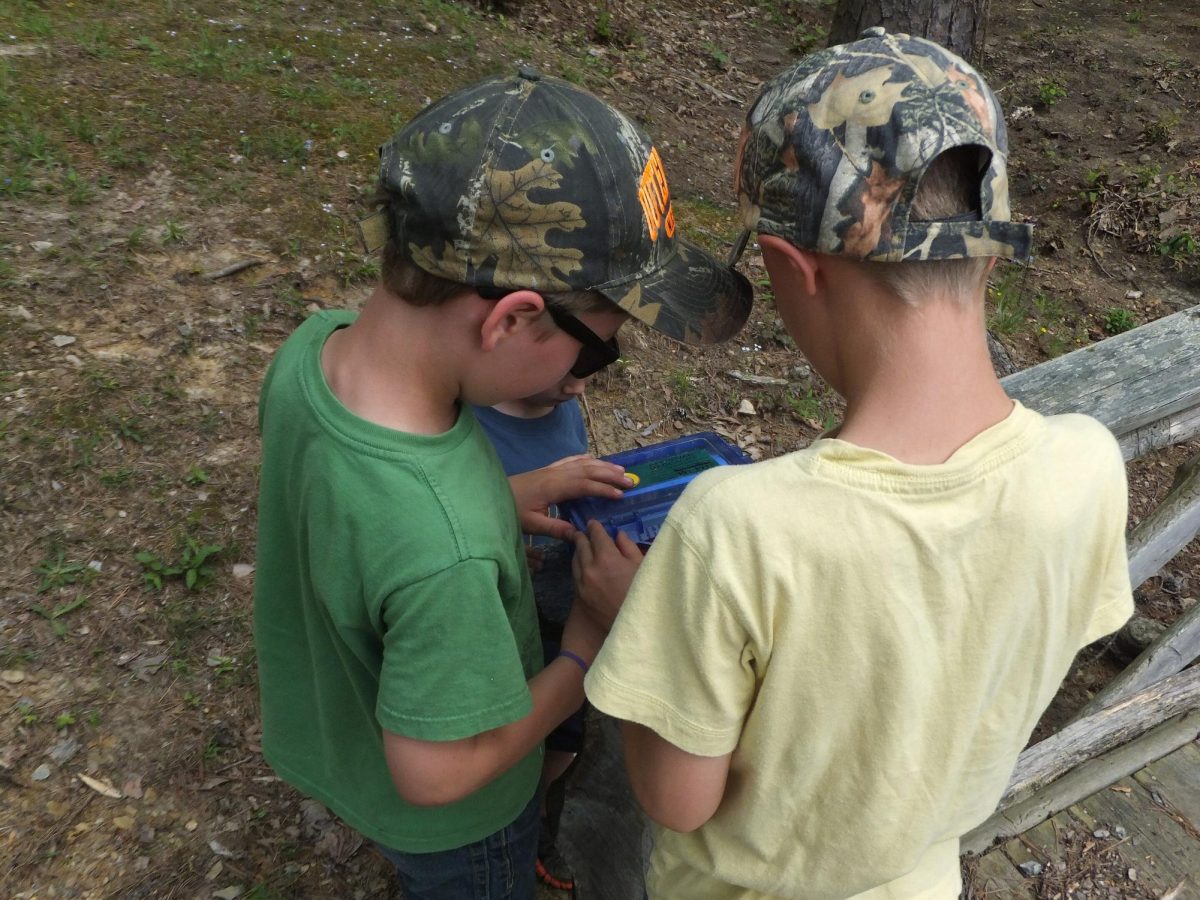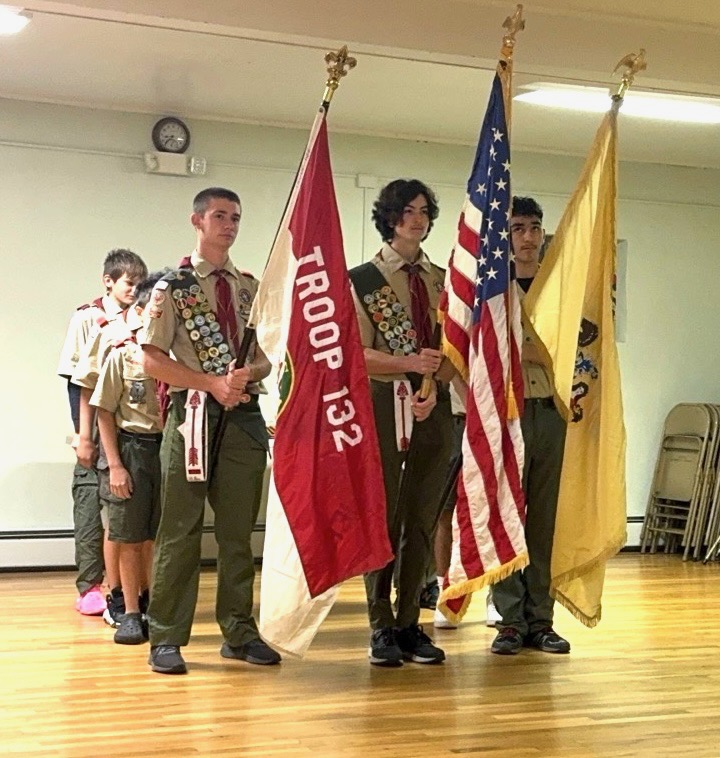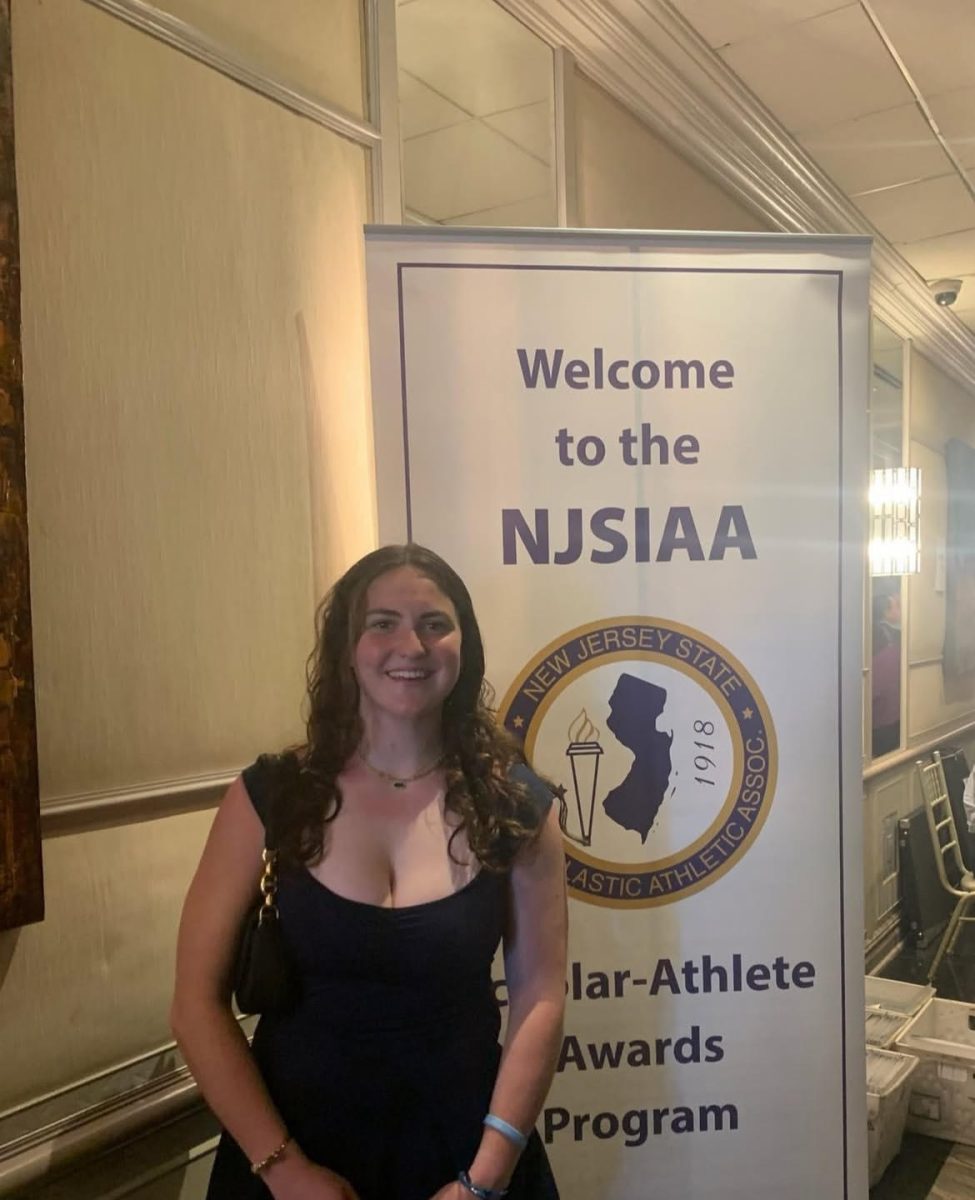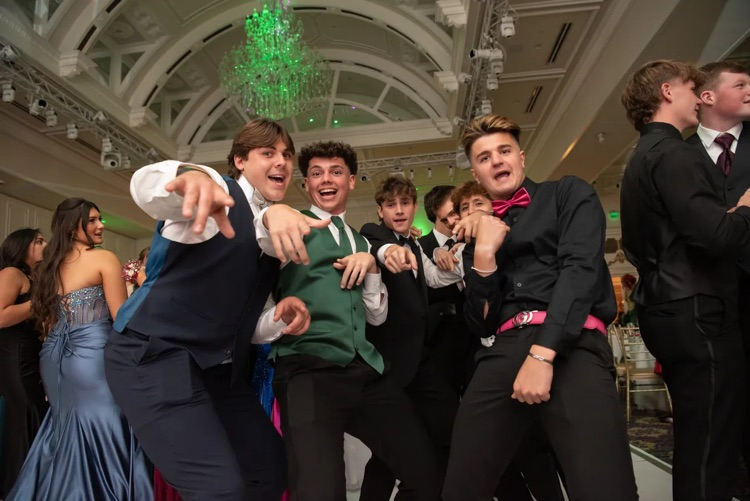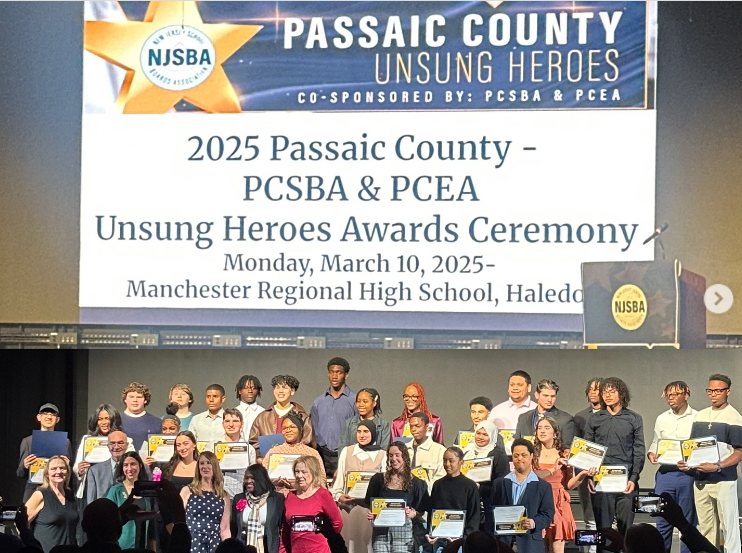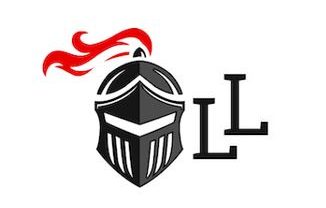Do you like exploring the outdoors? How about solving riddles and puzzles? What about finding cool prizes and trinkets? If you like any of these things then you might really enjoy the experience and challenge that comes with geocaching!
Geocaching is an activity where people are given a few clues on a caches general location and then are tasked with finding it. A geocache could look like anything and often they won’t just be sitting out in the open, most are hidden and some even have elaborate puzzles set up in order to get the cache. These puzzles could be simple riddles that give clues to the caches location, along with magnet based puzzles that can test your puzzle solving might.
To start finding geocaches, the first step is to download the Geocaching app and select the cache you want to try and find. If you’re new to the hobby, it’s recommended to try something that’s a low difficulty. The app will then provide you with a map to the cache’s general location and also provide a few clues if you need them; then it’s up to you to find the cache and claim your prize.
That’s right, caches often contain small prizes as a reward for finding them. Generally, the rule for geocaching prizes is: take a prize, leave a prize. This way people will always have a prize if they find a cache.
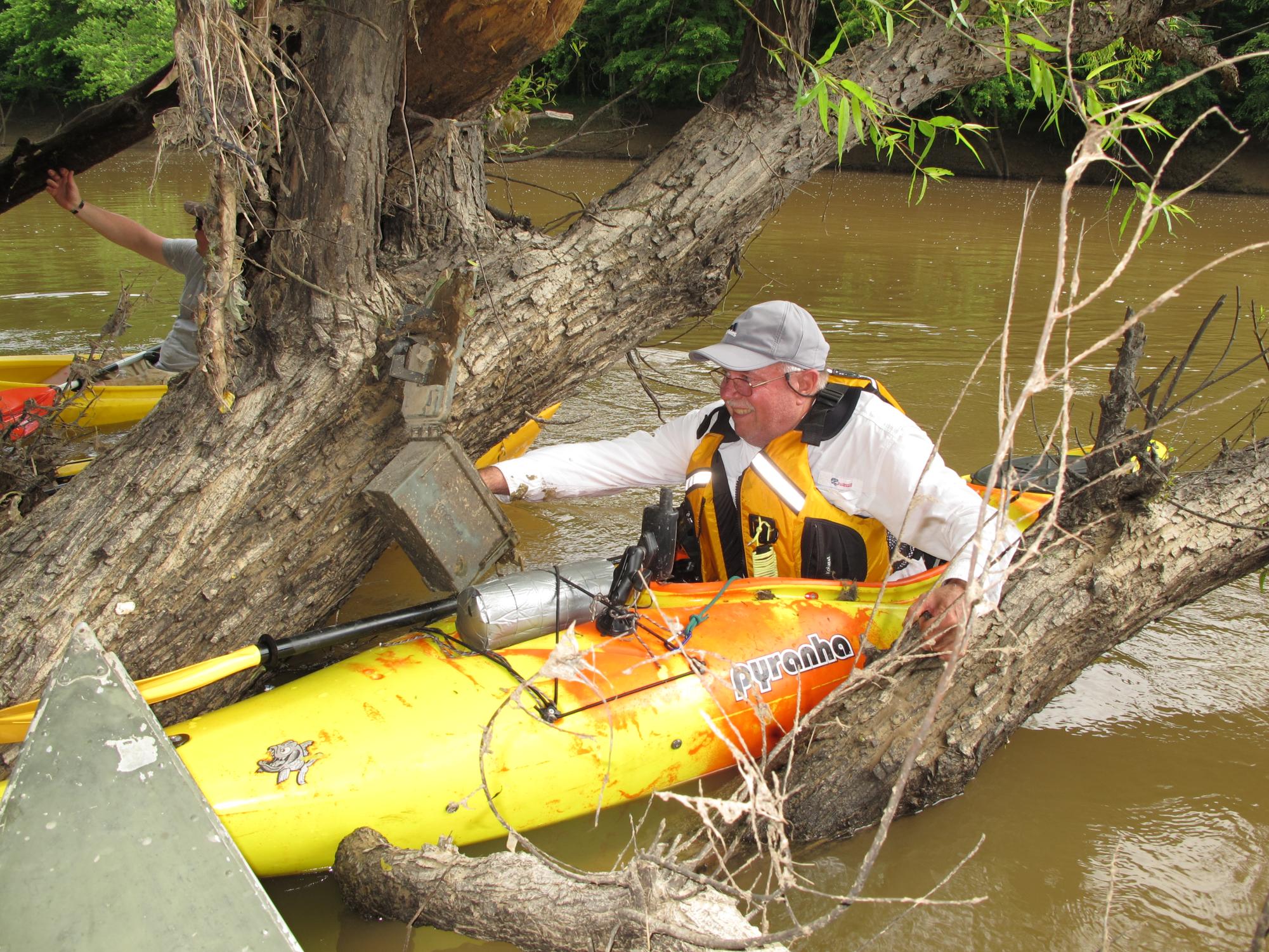
By David.K.Hochreiter (CC BY-SA 3.0)
Caches also often contain a log. The log is a place to leave your mark on the cache. Logs ask you to write your name and sometimes how long it took you to find the cache as proof that you found it. Then you put the cache back and voila, you’ve found your first geocache!
Geocaching wasn’t always this simple however; in fact, it used to be a completely different thing called letterboxing. Letterboxing was very similar to geocaching but it was way less modern. Letterboxing started with a single box in England in 1854. It would not be until 40 years later that a second letterbox would be created; then, 44 years after that, a third would be made. These included small logs and places for people to put mail into. One person would deliver a letter and another would use the log as proof that they received the letter. Letterboxing was a slow growing hobby. 122 years after the first letterbox was created, 15 were in existence. Later, a map was created that showed the location of all 15; with this, the hobby exploded in popularity and many more boxes were created.
Unfortunately, letterboxing nearly died out because people were destroying monuments and graffitiing a box’s location. This led to a set of rules being created that is still used today in geocaching:
1: A box should not be in any wall, ruin, or other kind of building.
2: Boxes should not be placed in dangerous locations.
3: Boxes should not be fixed in place.
These rules helped keep letterboxing, and later geocaching, alive. However, there would be a major shift in 2000 when GPS technology would be upgraded and improved, and also available to the general public. New GPS technology would allow users to mark locations on their GPS own maps.
People wanted to test the new GPS technology, and one man named Dave Ulmur thought that he had a great idea to test it out. He would hide a container in the woods and then task others to use their GPS to find it. He also added some prizes with a simple rule “take one leave one.” The practice of hiding small prize boxes quickly took off and soon other people started to hide them as well. A few months later a website was set up, Geocaching.com. The New York Times shortly picked up the story, and soon geocaching was everywhere!
So if you want to start a new hobby that is not only healthy for you, but will also give you a reward, then geocaching is the hobby for you!


